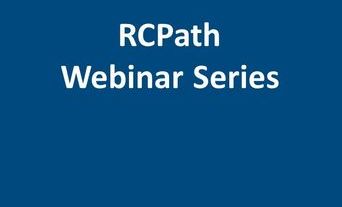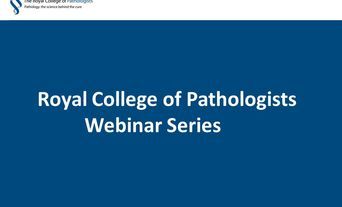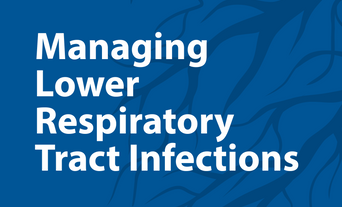Overview
This event will take place at 12:30pm and last approximately 1 hour.
In our laboratory, we have explored the use of capillary sampling in our Learning Disability patient population. This now provides reasonable adjustment to access phlebotomy without the need for invasive and resource-intensive desensitisation processes in this population. The process is very much face to face – the opposite of our constant drive to more automation, more remote, virtual patient interfaces and this is where patient-centric sampling really takes on it’s true meaning – sampling at the right place, at the right time and in the right way for that patient.
This constitutes a new way of working in most clinical blood sciences laboratories. There is a need for standard operating procedures to be written, staff training, quality control and assurance procedures in place and a more manual way of working to some extent with sample unpacking, centrifugation and aliquoting to specific analyser capillary tubes prior to presenting to an automated analytical platform.
Things we considered to enable patient centric sampling to work safely across our primary care network: providing information for a new way of working, test repertoire, test/profile codes, sample transport.
Through developing capillary sampling within our laboratory, we have built and improved cross-disciplinary working relationships with our mental health team, primary care, some valuable feedback to the device manufacturer. Blood testing for all should really be business as usual.
CPD
This meeting is worth 1 CPD point (self credited).











